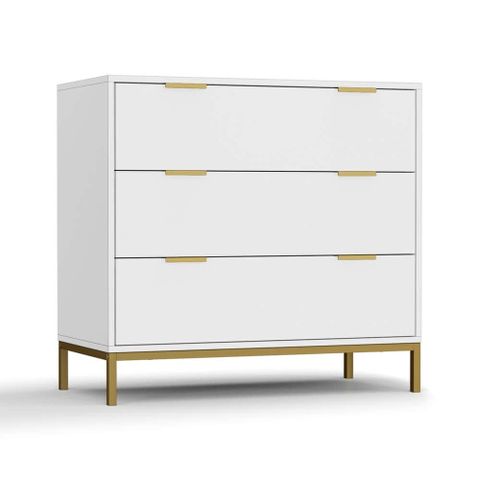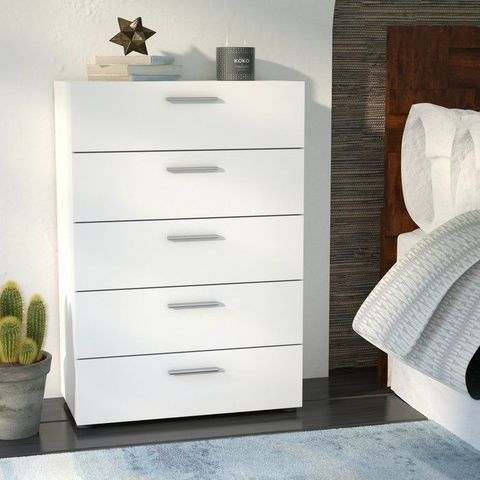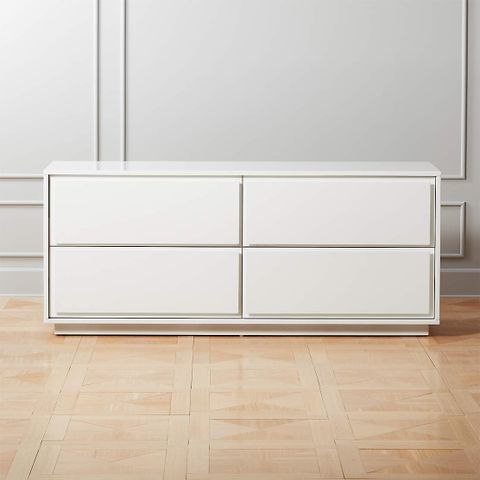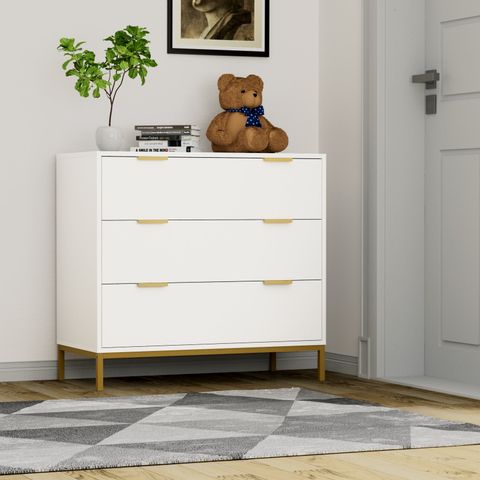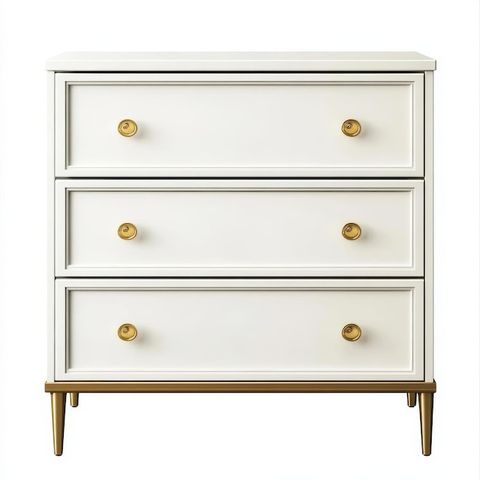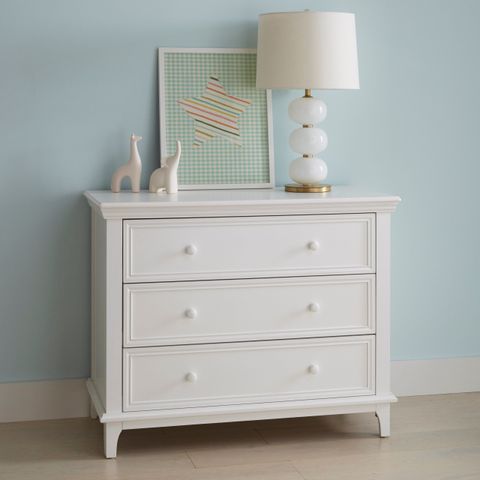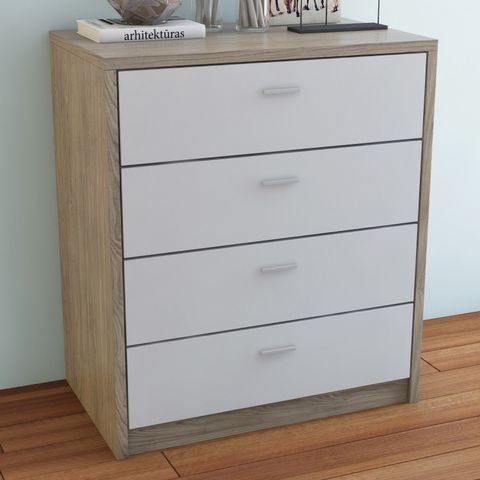Imagine walking into a bedroom where every element works together seamlessly, where the space feels fresh and inviting no matter how many years pass. This isn’t just wishful thinking – it’s achievable when you start with the right foundation. White furniture isn’t just about being plain or boring. It’s about creating a canvas that allows everything else to shine while standing the test of time.
When we think about bedroom design, most people focus on the obvious elements – the bed, maybe some accent colors, or perhaps a statement piece. But what if I told you that the secret to a truly successful bedroom lies not in the flashy details, but in choosing the right base? White furniture offers something special that goes beyond simple aesthetics. It creates a neutral backdrop that makes every other design choice feel intentional and purposeful. Think about it – how often do you find yourself wishing your bedroom felt more cohesive? How many times have you changed your mind about colors or styles only to realize you’d rather keep things simple? White furniture solves all of this by offering that perfect balance between timeless appeal and modern flexibility.
The Universal Appeal of White Furniture
White furniture has a unique power that transcends trends and cultural boundaries. It speaks to something fundamental about human nature – we’re drawn to clean, open spaces that feel peaceful and uncluttered. This isn’t just about looking good; it’s about creating a psychological environment that promotes rest and relaxation. When you choose white furniture, you’re essentially saying ‘this space is meant to be calm, organized, and welcoming.’
Consider how different rooms in your home respond to white furniture. A white dresser might seem simple at first glance, but it actually becomes the anchor that holds everything else together. You can change the bedding, add colorful throws, or even switch out lampshades, and the furniture remains the constant that ties it all together.
There’s also something incredibly practical about white furniture. It hides wear and tear better than many other colors, especially in high-traffic areas like bedrooms. A white nightstand might show a few scratches after years of use, but they don’t scream ‘old’ or ‘worn out’ like darker woods might. Instead, they become part of the story the piece tells.
Versatility Across Different Styles
One of the most remarkable qualities of white furniture is its ability to blend seamlessly with various design philosophies. Whether you prefer the clean lines of modern minimalist spaces or the cozy warmth of traditional settings, white furniture adapts beautifully.
In contemporary homes, white furniture creates a sense of airiness and simplicity that makes small spaces feel larger. It reflects light effectively, making rooms appear brighter and more expansive. The stark contrast between white furniture and dark walls or floors can create dramatic focal points that draw the eye naturally around the room.
For those who lean toward vintage or rustic styles, white furniture provides the perfect neutral base. It allows you to layer in textures and materials that might otherwise clash. A white wooden bed frame paired with linen bedding and rattan accents creates a harmonious blend of old and new that feels both fresh and familiar.
The beauty of white furniture lies in its neutrality. It doesn’t dictate what the room should look like; instead, it invites you to define that look through other elements. This means you can experiment with different accessories, fabrics, and even paint colors without feeling locked into a single aesthetic direction.
Longevity in Design Choices
Design trends come and go like seasons, but good furniture choices last. White furniture represents one of the most durable investments you can make in your bedroom. Unlike brightly colored pieces that may look dated in just a few years, white furniture maintains its relevance across decades.
This longevity becomes particularly important when considering the cost of redecorating. Many homeowners find themselves updating their bedrooms every five to ten years, but white furniture significantly reduces the frequency of these major changes. You might want to update your bedding, change your curtains, or add new artwork, but the foundational furniture stays the same.
Research shows that people who invest in neutral-colored furniture report higher satisfaction rates with their living spaces over time. The reason is simple: neutral tones don’t compete with other design elements, allowing each component to shine on its own terms. White furniture, in particular, has been proven to create more lasting satisfaction because it avoids the risk of becoming visually overwhelming or outdated.
Think about how often you’ve seen someone’s bedroom photos change dramatically over just a few years. Often, these transformations stem from color choices that looked great initially but became tiresome over time. White furniture eliminates much of this guesswork, giving you a solid base that will continue to serve you well regardless of shifting trends.
Practical Benefits Beyond Aesthetics
Beyond looking good, white furniture offers several practical advantages that make it ideal for bedroom spaces. First, it’s remarkably easy to maintain. Most white furniture can be cleaned with simple soap and water, making it perfect for households with children or pets. The surface remains smooth and easy to wipe down, reducing the chance of damage from spills or minor accidents.
Light-colored furniture also tends to be more forgiving when it comes to matching. If you’re trying to coordinate pieces from different eras or sources, white furniture acts as a universal connector. You can mix and match antique and modern pieces without worrying about color coordination issues.
Another practical advantage is that white furniture helps create the illusion of more space. In smaller bedrooms, this can be crucial. The reflective quality of white surfaces bounces light around the room, making it feel larger and more open. This is particularly helpful in studio apartments or converted spaces where square footage is limited.
Additionally, white furniture is often more affordable than colored alternatives, especially when shopping for quality pieces. This makes it possible to invest in better construction and materials without breaking your budget. The lower upfront cost combined with the long-term benefits means you’re getting more value overall.
Color Coordination Made Simple
One of the biggest challenges in bedroom design is creating a cohesive color palette that feels intentional rather than random. White furniture removes much of this complexity by providing a clean starting point.
With white furniture as your base, you can easily experiment with accent colors without fear of overwhelming the space. For instance, if you decide you want to add some blue to your bedroom, you can incorporate it through throw pillows, artwork, or even a single accent chair. The white furniture ensures that the blue doesn’t compete with other elements but instead enhances them.
The beauty of this approach is that it allows you to make gradual changes over time. You might start with a predominantly white bedroom and slowly introduce pops of color through accessories. Or you might begin with a bold color scheme and use white furniture to provide visual relief. Either way, the white foundation gives you flexibility without compromising the overall harmony of the space.
Many interior designers recommend starting with white furniture and then adding color through textiles and décor rather than painting furniture or walls. This approach is much easier to reverse if you change your mind later, and it allows you to express your personality through items that can be swapped out regularly.
Maintenance and Care Considerations
While white furniture is generally low maintenance, it does require some attention to keep it looking fresh and new. Regular dusting is essential, especially in areas where the furniture receives frequent use. A soft cloth or microfiber duster works well for removing surface debris without scratching the finish.
For deeper cleaning, most white furniture can handle mild soap and warm water. Always test cleaning solutions on an inconspicuous area first to ensure they don’t cause discoloration or damage. Some white finishes may be more sensitive than others, so it’s worth checking manufacturer instructions before cleaning.
Stains and marks are easier to spot on white furniture, which means you’ll want to address them quickly. Spills from coffee, wine, or other beverages should be wiped up immediately using a clean, damp cloth. For tougher stains, a mixture of mild dish soap and water usually works well.
Protective measures can also extend the life of white furniture. Using coasters under drinks, placing felt pads under furniture legs, and avoiding direct sunlight exposure can all help preserve the appearance of white pieces. These simple steps prevent the kind of damage that might otherwise require professional repair or replacement.
White furniture isn’t just another design option – it’s a strategic choice that pays dividends over time. By choosing white as your foundational element, you’re creating a bedroom space that will continue to feel fresh and appealing long after trends have moved on. The versatility, longevity, and practical benefits make it an investment worth considering for anyone serious about creating a functional, beautiful bedroom.
Whether you’re designing a new space or refreshing an existing one, remember that the best design decisions often involve simplicity. White furniture proves that sometimes less really is more. It gives you the freedom to express your personal style through accessories and textiles while maintaining a foundation that works for years to come. The result is a bedroom that not only looks good but also feels right – a place where you can truly relax and recharge. So next time you’re planning your bedroom, consider starting with white furniture. You might find that it’s exactly what your space has been missing.

